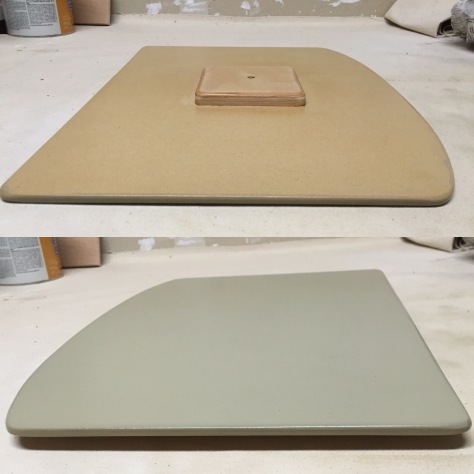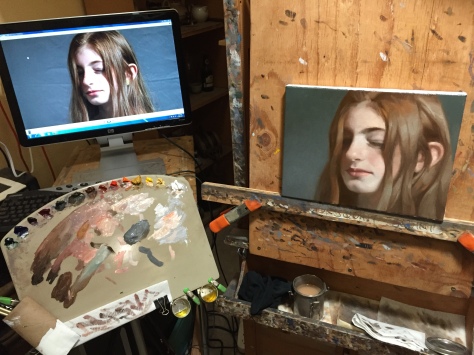
Hi Gang! I know it’s been a long time. But I’m BAA-aaaaack! Today I want to talk about the value of taking workshops when there are so many great tutorials out there (DVDs, Youtube, etc…).
So… why invest hundreds of dollars and many hours to attend a live workshop when you can simply pick up the latest tutorial DVD by your favorite artist/teacher at a fraction of the cost? Hey, I get it. For many of us it’s just not possible to attend a class for many reasons: scheduling conflicts and lack of expendable income are probably the two most common reasons why people cannot make the investment. And for you, this is why I made my tutorial DVD with Bella Muse Productions. But I want to give some reasons why you should still consider signing up for a workshop. This is not an exhaustive list:

The Live Experience — There’s nothing like being in the same room with people of your same stripe working toward a common goal. Being in a new place with new people has a way of heightening our senses. We are able to consume the learning process in a special way that deepens the experience and makes it more meaningful. The energy is palpable. We undergo the adventure together. We find we are not alone in our frustrations and victories, and how lovely is that?
Interfacing with your Instructor — I can almost guarantee you that you will be surprised by your teacher. How nice they are. How mean they are. How they breakdown and present the material. You will no doubt go to the class with certain misconceptions about who this person is and how they will operate. Be open minded. Even well-known artists are only human and we have our weaknesses and foibles (Well, not me, of course. I’m speaking of the other guys. Wink.). We also have our unique strengths. We have a lot to teach you just by the attentive way in which we approach our subject, how we manage our materials, and simply our posture while making our art.
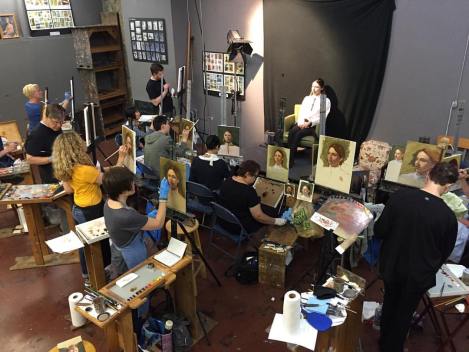
Personal Attention — In a DVD you don’t get the personal attention. You don’t get the critiques. Also, you don’t get to hear the teacher critiquing other students. These indirect comments may very well apply to your work, too. In my classes I strive to give each person equal attention. I don’t play favorites and my goal is to help you learn and improve. If you aren’t able to make a “fix” I will literally take your brush in hand and make it (or part of it) for you. In many, many cases my students are surprised by the way I am able to redeem a seemingly hopeless situation. This is a very important service you will never receive from a DVD tutorial. I love to demonstrate to my students that once you acquire the proper tools, nothing is impossible.
Making Friends — I have made most of my very best friends in the line of teaching. My worldview has greatly expanded and I’ve met such wonderful people who have added beautifully to the quality of my life. Of course you may not meet your “bosom pal” at class, but you just never know.

So think about it and don’t set your default button at “I can’t afford it”, or “I’m waiting until I win the lottery”. Take the first step and start calculating costs. Save up if you need to and make a plan. Just do it! I’ll be waiting for you. You won’t be disappointed.
My 2018 workshop schedule can be found HERE. We also have some space open for my portrait class in Seattle coming VERY soon, January 22-25. Details can be found on my workshop schedule.
Happy Art Making!
David









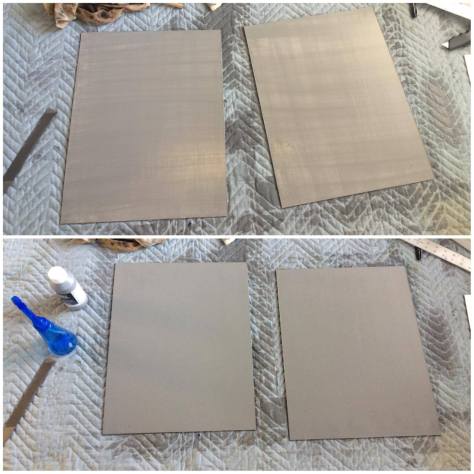
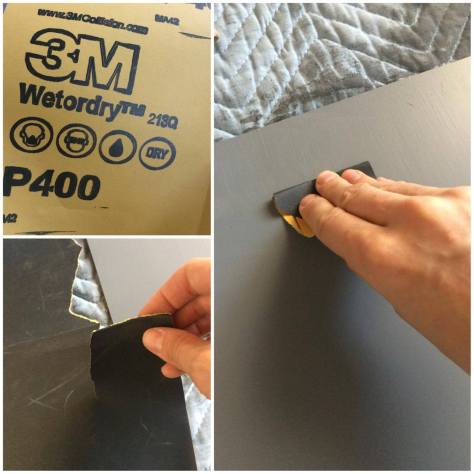








![IMG_0162[1]](https://dgpaints.files.wordpress.com/2016/01/img_01621.jpg?w=474)












